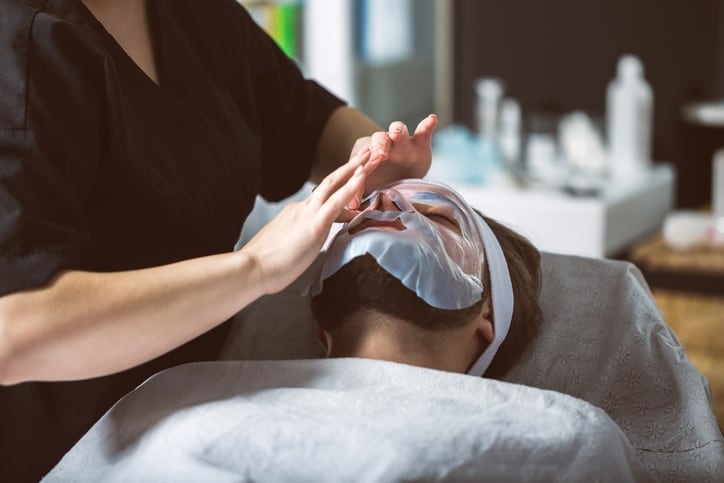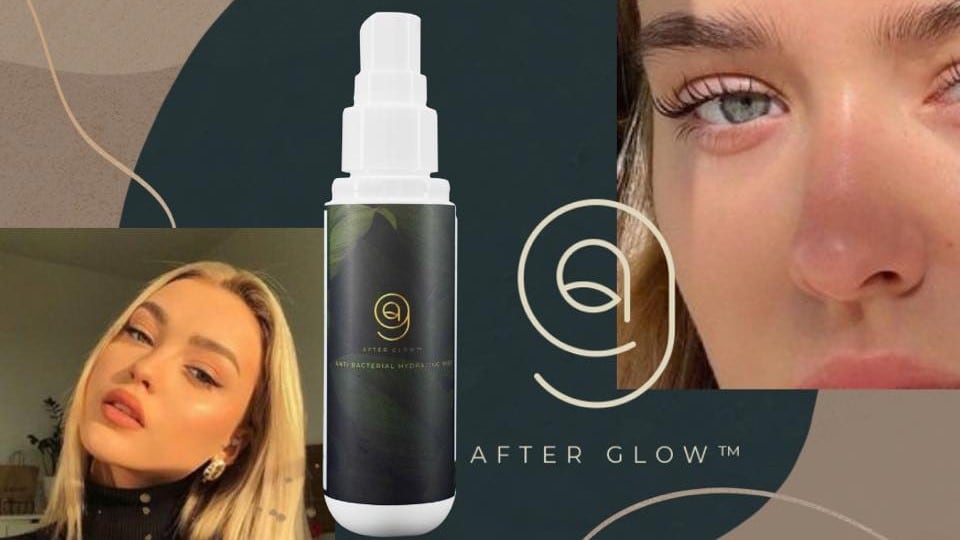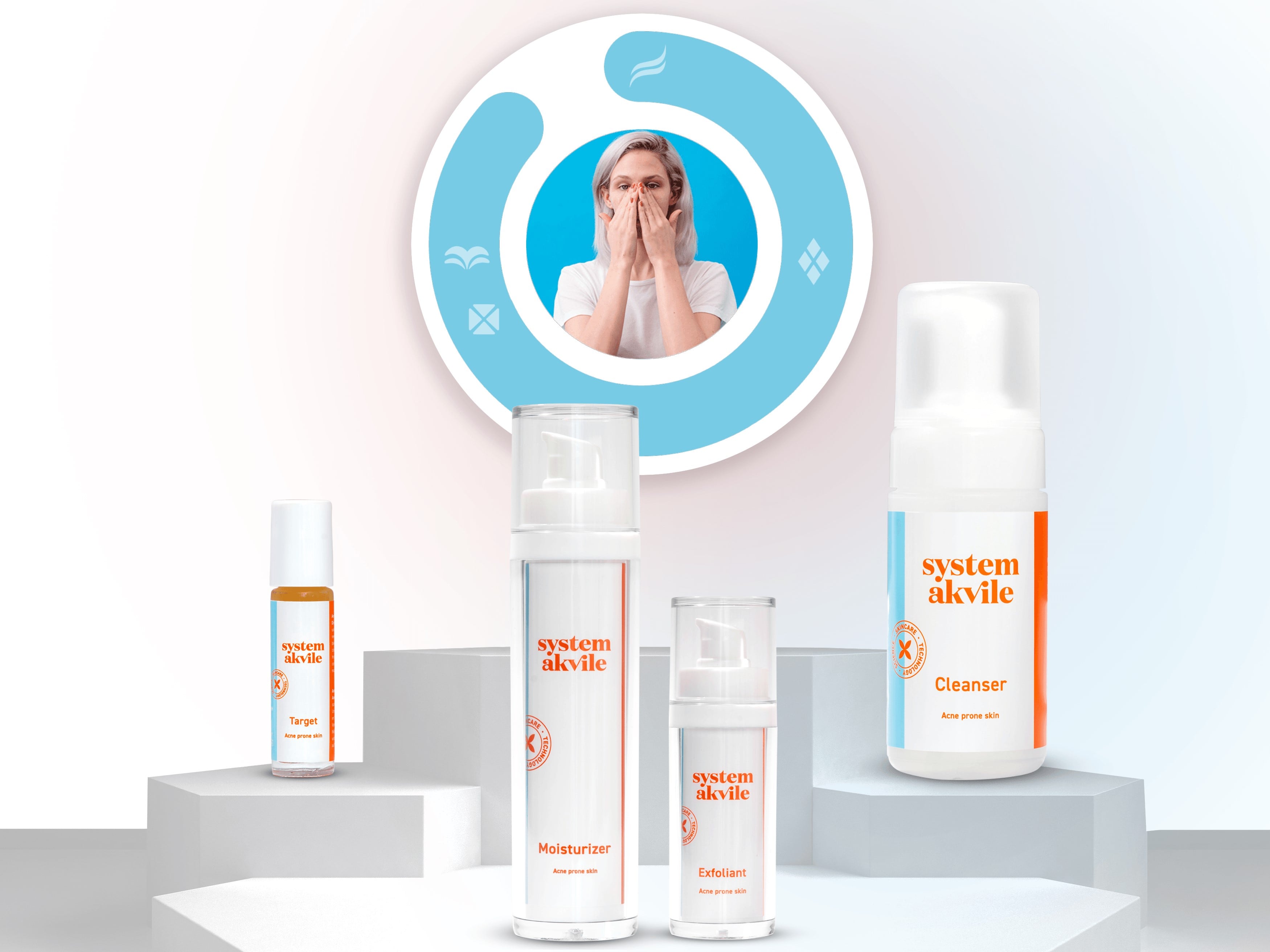Writing in Biotechnology Reports, researchers from Brazil’s University of South Santa Catarina conducted a review into the applicability of bacterial cellulose in cosmetics and the extent to which this material was being researched specifically for cosmetic applications.
From pharmaceuticals to cosmetics – bacterial cellulose beauty research ‘still maturing’
Bacterial cellulose was traditionally used in the biomedical and pharmaceutical space, and had been for decades, notably in wound and burn care, the researchers said. However, it was interesting to note that interest of its use and relevance in cosmetics was rising, they said.
Review findings showed two key uses of bacterial cellulose in cosmetic applications; as an emulsion stabiliser or an asset in face masks and skin treatments to deliver active compounds and increase skin hydration. The review found too, that in 2013, a cosmetic mask produced from cellulose had been patented by Amorepacific.
Despite this, scientific publications and research in the space was “still maturing”, with a limited number of studies and reviews on use and suitability of bacterial cellulose in cosmetics published, the researchers wrote. This, they said, highlighted an “urgent need for scientific production on the subject to enhance its development”.
Importantly, there was a need for more theoretical studies to be published, including bibliometric and bibliographic reviews, examining the “current scenario, the most discussed topics, and future ideas”.
‘Biocellulose masks’ – a sustainable future for active skin care?
Review findings indicated ‘biocellulose mask’ to be “the most current” term used in the cosmetics industry when working with bacterial cellulose, the researchers said, originating in the fact most applications were indeed skin care face masks, designed to hydrate and deliver active compounds.
Much of this had been driven by the material’s sustainable qualities, they said.
“The search for innovation and new approaches to mitigate environmental impact encourages the cosmetic industry to explore new methodologies and materials. Bacterial cellulose has been the focus of research because it has high biocompatibility, skin adhesion, and water retention, in addition to being a sustainable alternative material,” the researchers wrote.
Bacterial cellulose, for example, offered a more sustainable alternative for the delivery of active ingredients versus traditional materials like petroleum derivatives that were “non-renewable” and produced residues “difficult to degrade”, they said. Bacterial cellulose had been “the target of ground-breaking research in the cosmeceutical area”, they said, because all celluloses biodegraded in the natural environment.
Bacterial cellulose and human tissue compatibility key to cosmetics interest
On top of this, the researchers said bacterial cellulose was a “polymer of great interest for the future” because it had shown high compatibility with human tissues, with high water retention capacity and permeability meaning it could be used for skin permeation of hydrophilic actives, such as moisturisers and anti-aging agents.
“…A growing interest in and publications on the topic addressed can be observed, which is to be expected because bacterial cellulose has provided excellent results in several areas, including the biomedical and pharmaceutical areas and more recently cosmetics.”
Source: Biotechnology Reports
Published September 2020, doi: 10.1016/j.btre.2020.e00502
Title: “Applicability of bacterial cellulose in cosmetics – bibliometric review”
Authors: RT. Bianchet, ALV. Cubas, MM. Machado and EHS. Moecke




